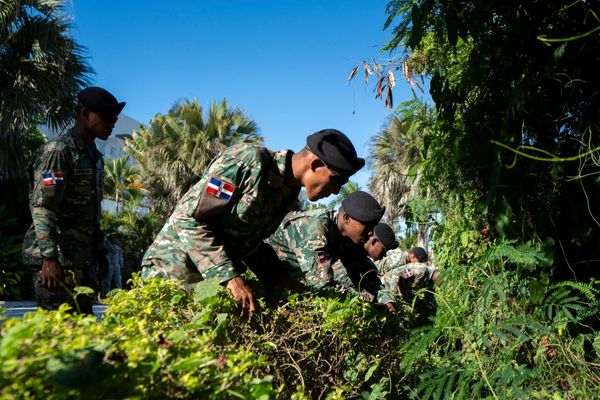
The latest technology combining artificial intelligence (AI) with unmanned aerial vehicles (UAV) has successfully completed trials conducted by the military alliance of the U.S., U.K., and Australia, known as AUKUS. The cutting-edge sensing technology was tested to assess the ability of UAVs to carry out missions and maintain network connectivity in diverse battlespaces encompassing land, maritime, air, and cyberspace.
As part of Pillar Two of the AUKUS agreement, the three nations are collaborating to synchronize AI technologies for defense and security purposes, particularly in response to escalating Chinese aggression in the Indo-Pacific region.
The AI-UAV integrated technology aims to reduce the time between detecting enemy targets, making decisions, and responding to threats. Once fully developed and integrated into national platforms, these advanced sensing systems are expected to provide more reliable data for commanders to make optimal decisions and enable service members to respond swiftly to kinetic threats, facilitating seamless joint military operations involving multiple services and nations.
During the Resilient and Autonomous Artificial Intelligence Technology (RAAIT) trials, a map-based application called Tactical Assault Kit (TAK) was utilized. This software assisted a British UAV in identifying adversarial forces by making real-time adjustments based on collected data in collaboration with another UAV that provided detailed imagery. The coordinated information was then relayed to an AI officer in the Tactical Operations Center (TOC) for human oversight before an Australian XT-8 UAV could be deployed for strike purposes.
Kimberly Sablon, principal director of Trusted AI and Autonomy (AIA) in the Office of the Under Secretary of Defense for Research and Engineering, highlighted the progress made under RAAIT. The focus on interchangeability and interoperability in the AI pipeline allows for the use of various combinations of datasets, models, algorithms, and platforms across all three nations.
The insights gained from the joint trials will be leveraged to establish an AIA ecosystem that can be operationalized by the participating nations. Sablon emphasized the goal of achieving an interchangeable, interoperable, and robust pipeline that can collect data, train AI systems, conduct testing and evaluation, and adapt to unforeseen threats within a timeframe of less than 10 hours at the edge, marking a significant milestone for the partnership.







